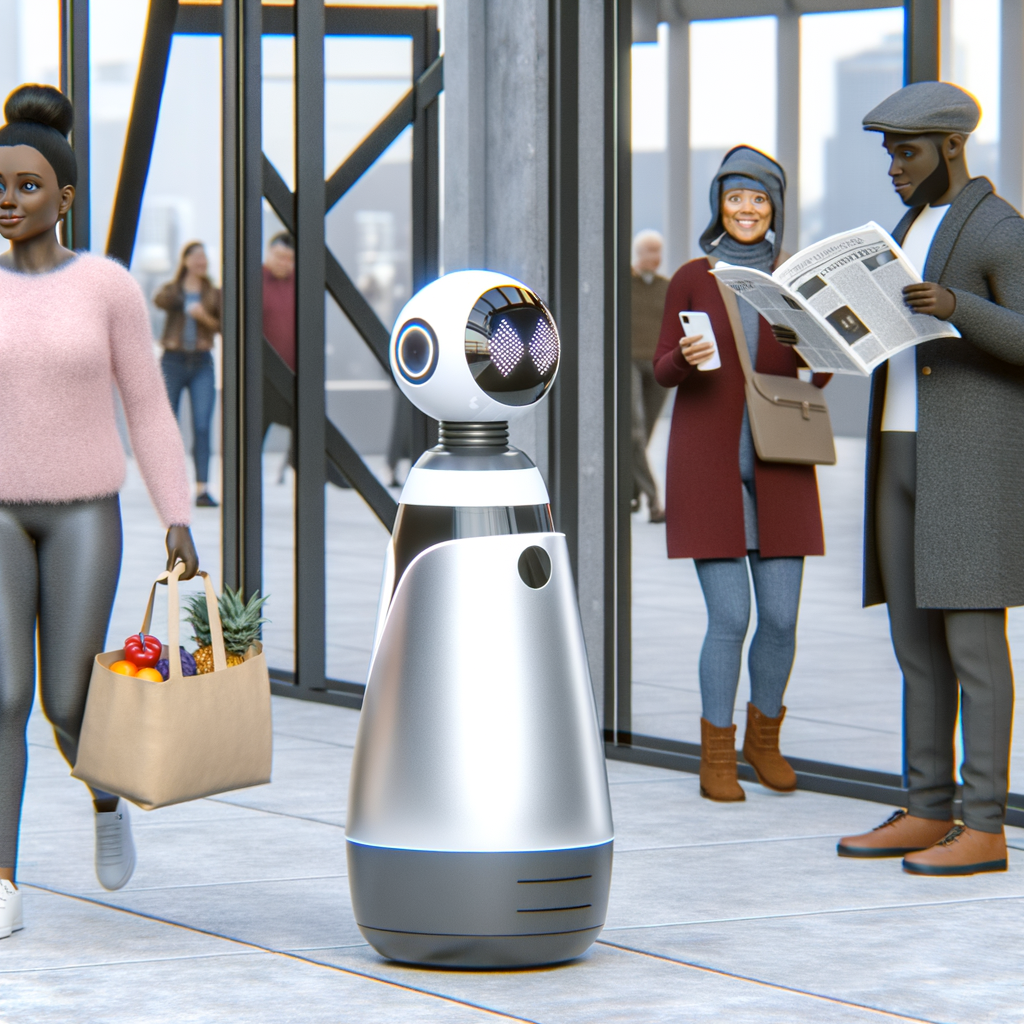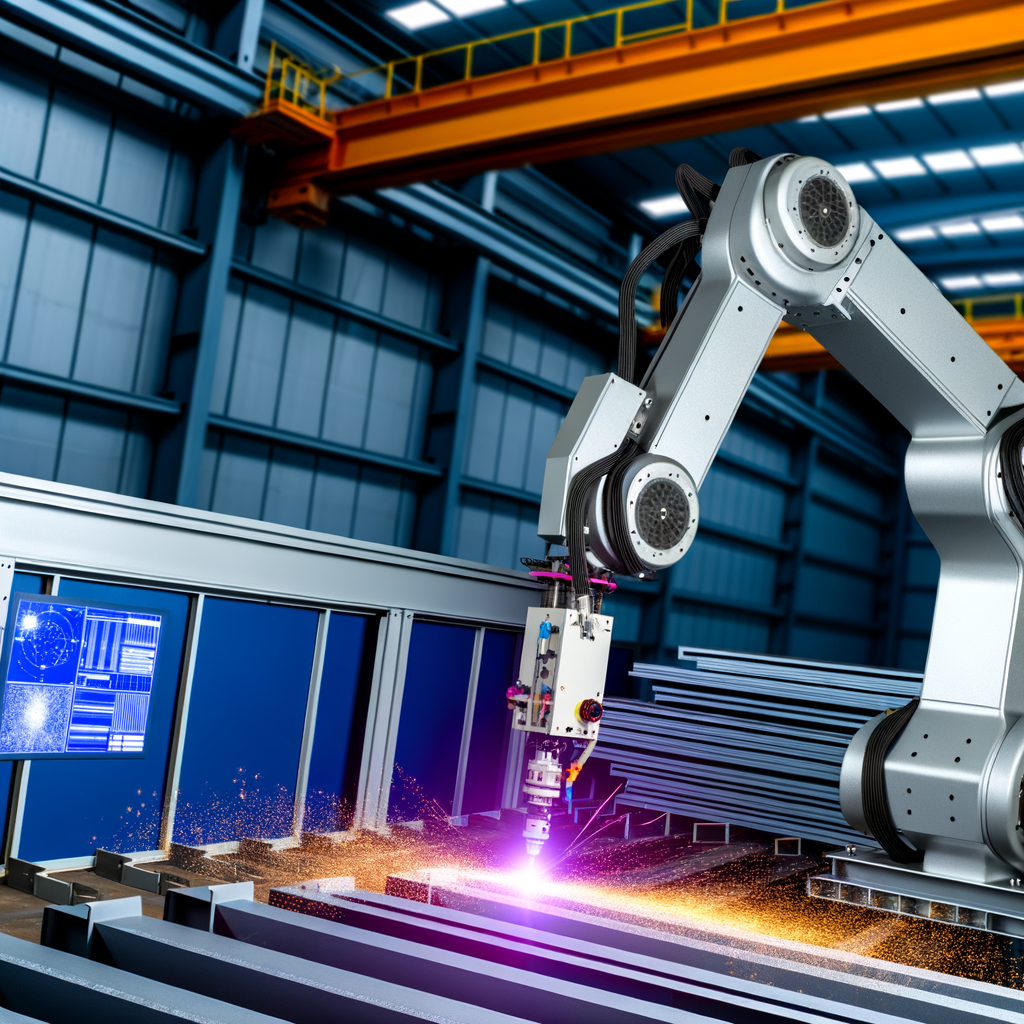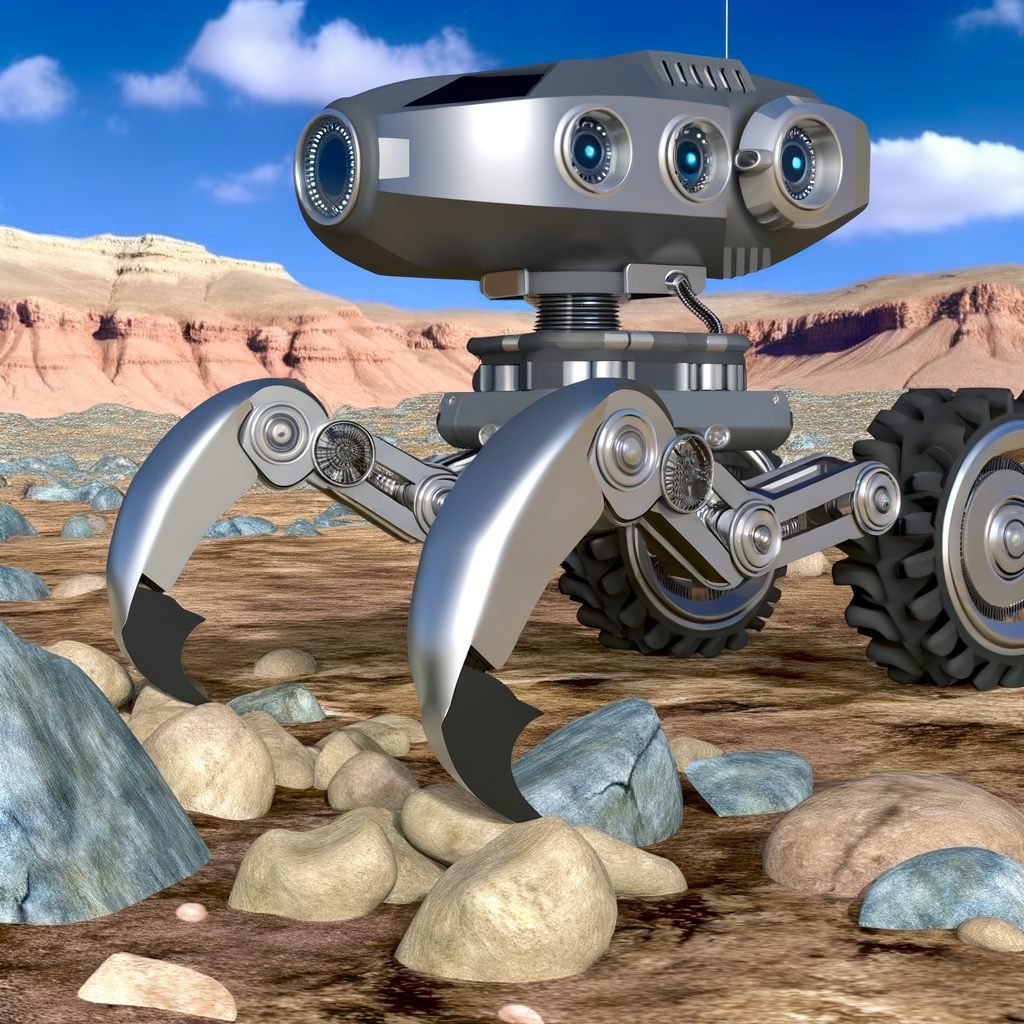Generative AI Enhances Security Robots
In a world where technology is increasingly becoming an integral part of our daily lives, it’s no surprise that even security is being reshaped by innovation. Science fiction once teased us with futuristic depictions of sentient robots patrolling cities, but today, that future is very much a reality. And now, thanks to generative advancements, these security robots are becoming more efficient and — surprisingly — more human-like in their interactions.
This sophisticated leap in tech does more than just sharpen the ability of these autonomous machines to keep us safe; it’s actively changing the way they communicate, adapt, and assess situations in real-time.
Patrolling with a Human Touch
Historically, security robots could come across as cold and impersonal, designed to follow simple commands and alert authorities if something seemed amiss. While these bots excelled in precision and endurance, their interactions with humans always felt a little stiff — like talking to a phone’s predictive text.
Enter generative evolution. Here, robots go beyond just spotting irregularities; they can now engage in much smoother, more natural interactions. Think of it as leveling up from a basic chatbot to a conversationalist that can provide information, de-escalate tense situations, and even guide you in emergencies — all while maintaining the poise of a trained security officer.
This shift enhances the overall user experience and injects a more comforting, human-like emotional intelligence into everyday situations. After all, no one wants to feel like they’re being policed by a Terminator.
The Power of Prediction: Not Just Reactive, but Proactive
One of the most impressive elements of this next-generation tech is its ability to anticipate and respond to potential threats before they even escalate. These robots aren’t just built to recognize danger after it happens, but to predict it by analyzing environments and human behaviors.
Imagine having a security system that recognizes when someone is loitering suspiciously or automatically identifies abnormal patterns in a vast crowd. Better yet, the system could engage in conversation with the individuals in a calm, non-threatening manner, diffusing any potential problems early on. It’s like having a highly trained officer on standby 24/7 — one who never needs a coffee break.
This advanced predictive capability greatly enriches the robot’s role in public spaces like airports, malls, and office buildings. Security personnel can now have access to an unparalleled second set of digital eyes — and these ‘eyes’ never sleep.
Learning and Adapting On the Go
But this tech’s capabilities aren’t static. These security bots are designed to learn and evolve based on the data they collect from their environment. Much like how we, as humans, learn from situations that shape our understanding of the world, these systems are constantly adapting to improve their functionality.
Why does this matter?
It’s simple. The longer these robots are in use, the more personalized and precise their responses become. They move from generalists to becoming customized experts based on the specific environment in which they are deployed. A bot patrolling a sports stadium on game day will behave differently than one stationed in a quiet office building late at night.
Moreover, these security entities are continually fed new information to enhance their knowledge base — becoming hyper-efficient problem solvers that detect threats faster and more accurately the longer they operate. Learning from their environments isn’t just an upgrade for the robots themselves; it’s a game changer for security teams that rely on these tireless mechanical partners.
Reducing Bias and Enhancing Fairness
Of course, there are always concerns when it comes to adding technology into high-stakes, human-centric environments, especially one as critical as security. Perhaps one of the most significant advantages of this enhancement is its potential to reduce human bias.
Traditional security measures, often reliant on human personnel, can sometimes succumb to unconscious biases. However, these machines, driven by constant updates and data rather than emotions, offer a more fair and consistent approach to handling situations. They don’t make snap judgments based on appearances, and they follow only the data presented to them.
This push for fairness can help security teams avoid discriminatory practices and bring balance to their work approach. Not only is this beneficial for ensuring equality in security, but it can also enhance public trust – and in today’s world, where mistrust can quickly turn into confrontation, that trust might be more important than ever.
Better Synergy with Human Teams
No, these robots aren’t here to put security guards out of work. Instead, they are designed with a collaborative partnership in mind. Human security guards and robots can work side by side, each playing to their strengths. While human workers may be better at nuanced decision making and emotional assessments, these robots excel in pattern recognition, monitoring, and relentless attention to detail.
– More coverage: With round-the-clock surveillance abilities, robots help ensure that no area is left unmonitored.
– Reduced human error: By relying on consistently accurate bots for routine tasks, it reduces the likeliness of mistakes caused by fatigue or distraction.
– Quick escalation: When a robot detects a threat, it can immediately alert human personnel, reducing the time to respond.
And while humans may benefit from ongoing rest and shifts, these mechanical sentinels are always on — tirelessly keeping an eye on areas that need them the most.
The Future of Security Reimagined
The idea of autonomous security robots transforming the safety sector is no longer a bold prediction; it’s happening right now. Still, these enhancements are just the beginning. With each new generational leap, we get closer to integrating technology that feels less like rigid machines and more like helpful, responsive, sentient companions.
From predictive vigilance and de-escalation to bias-free assessments and constant learning, these bots are your friendly, tireless security assistants, and they just keep getting better with time.
Yes, generative advancements have made gigantic strides in making machines more “human” — but maybe the best part of all is that their rising efficiency helps keep actual humans safer, one patrol at a time. It’s a brave new world, and the future of security might just look a little less like Robocop and a little more like your friendly neighborhood protector.
After all, when it comes to safety, we could all use a watchful eye that never blinks.



